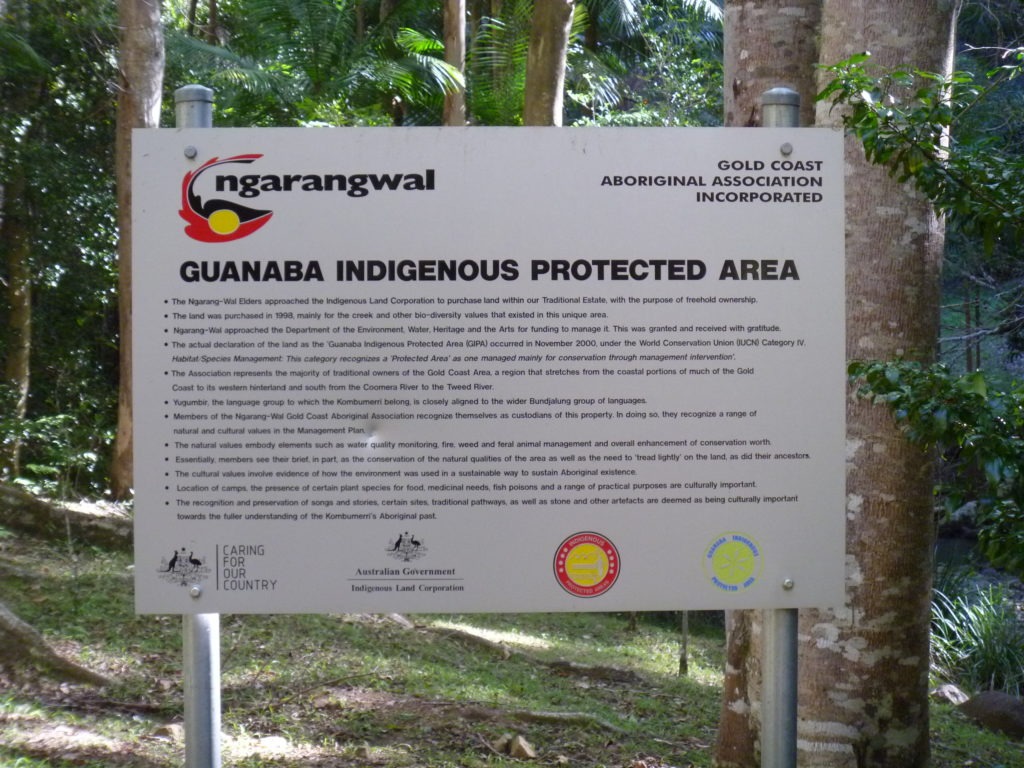Fire Management Plan Projects

Project Overview
A Bush Fire Risk Management Plan (BFRMP) is a strategic document that identifies assets at risk and sets out a program of treatments to reduce the risk of bush fire to the assets. Treatments may include such things as hazard reduction burning, grazing, community education, fire trail maintenance and establishing community fire units. Annual programs to implement the treatments are usually undertaken by the relevant land managers and firefighting authorities. In exercising its functions under the Rural Fires Act 1997, BFRMP is required to have regard to the principles of ecologically sustainable development (ESD).
Our Role
Ecobalance was engaged to prepare a GIS Bush fire Risk Management Plan (within a number of Indigenous Protected Areas across Australia) with the aim of minimising the risk of adverse impact of bush fires on life, property and the environment. The objectives of this BFRMP were to: reduce the number of human-induced bush fire ignitions that cause damage to life, property and the environment; manage fuel to reduce the rate of spread and intensity of bush fires, while minimising environmental/ecological impacts; reduce the community’s vulnerability to bush fires by improving its preparedness; and effectively contain fires with a potential to cause damage to life, property and the environment.
Outcomes
Bush Fire Management Zones were and mapped for each project area. These zones were classified into four categories: Asset Protection Zone (APZ); Strategic Fire Advantage Zone (SFAZ); Land Management Zone (LMZ); and Fire Exclusion Zone (FEZ). Strategic bushfire management planning is an important action to reduce bushfire risk. The process of developing a plan brings together land and fire managers, communities and other key stakeholders to develop a common understanding of bushfire risk across the landscape and determine appropriate management actions to reduce that risk.
The development of these plans reflects the values, priorities, environment and the unique risk profile of that place. This means that each region has different priorities, objectives and, ultimately, different strategies. Working together to deliver these plans, agencies and communities can reduce bushfire risk effectively and efficiently, helping to maintain or enhance the values that our clients wish to protect from the negative consequences of bushfires.




